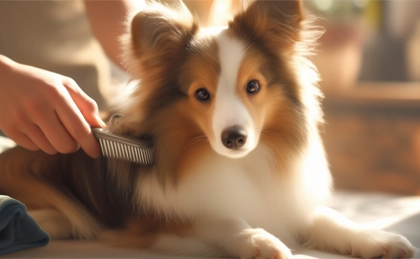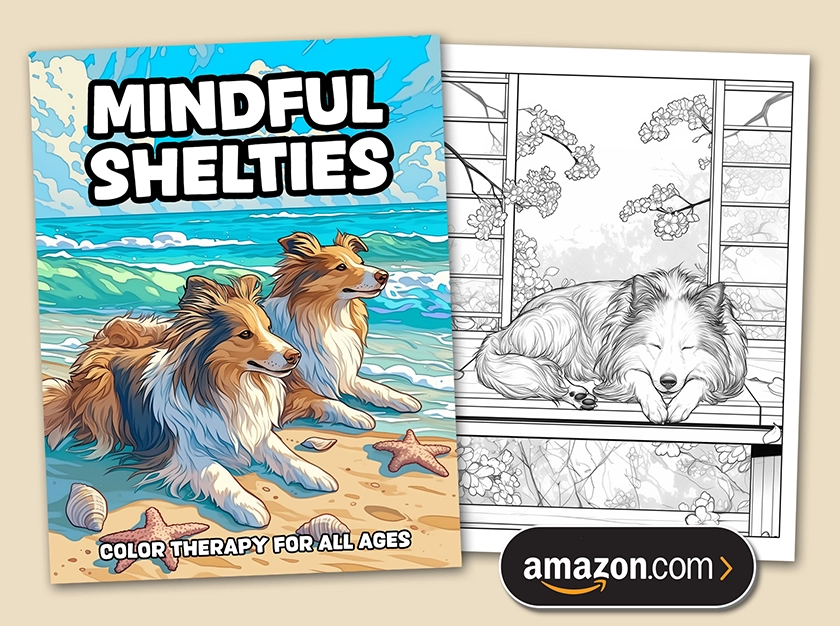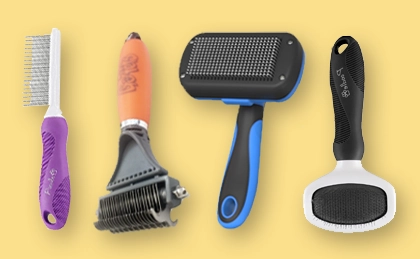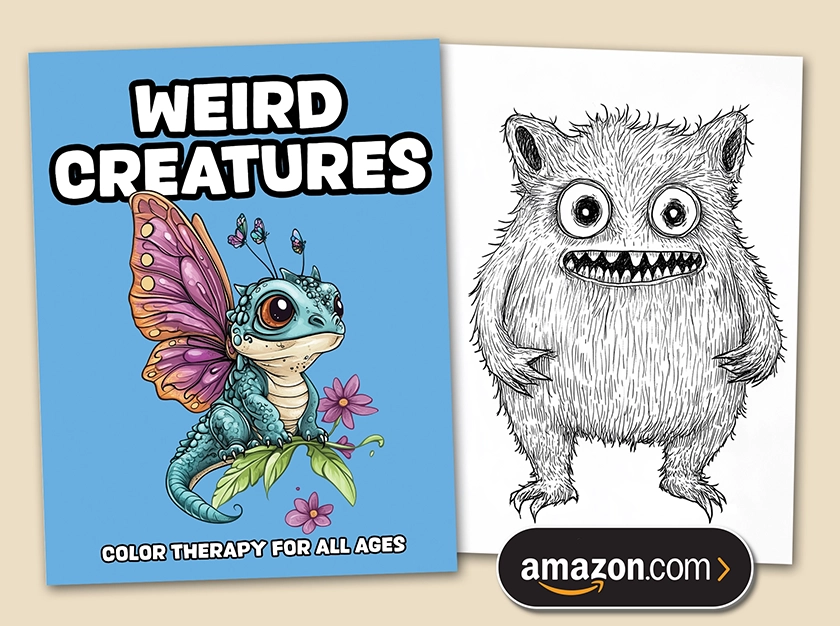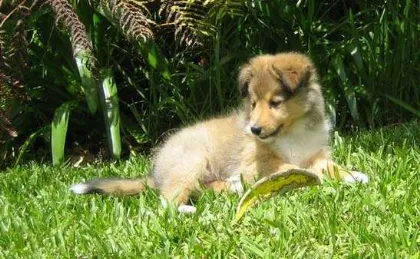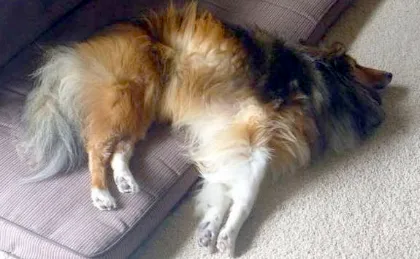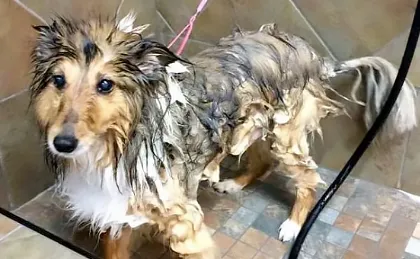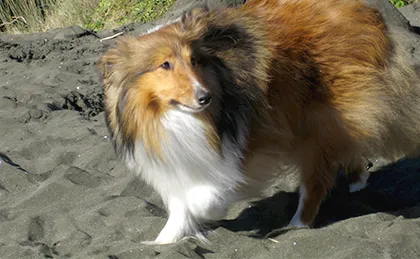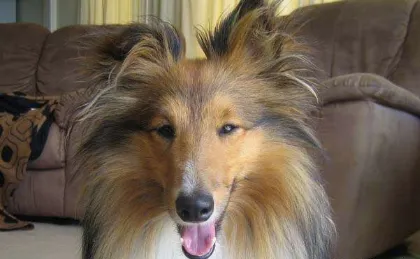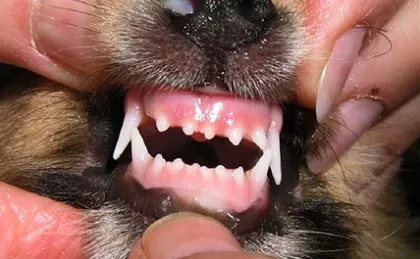In hot weather, you might wonder if you should shave your Sheltie to keep them cool. It seems logical; after all, we cut our hair short for the summer and strip down our clothes. The big difference is we wear sunscreen, we can sweat, we have thicker skin than dogs, and we can throw on a sweater when the temperature drops at night.
Although most people agree it's a bad idea to shave a Sheltie for summer, there are some dog lovers and groomers who push back: they've don't it before and everything seemed fine. It's every dog owner's choice what they do but I want to lay out the science-backed advice so you can decide for yourself. Aesthetics aside, my argument is your Sheltie relies on her coat for all sorts of reasons that we'll dive into today.
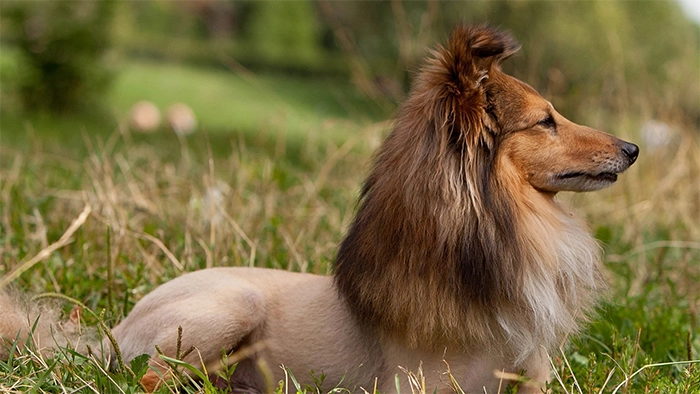
A Shaved Sheltie with a Lion Cut.
The Amazing Double Coat
The Shetland Sheepdog's double coat is a well-honed biological adaptation. While we have directed its evolution with centuries of artificial selection to achieve a different appearance, that doesn't eliminate the role of natural selection on health and survival. Briefly, here's how the double coat works:
- The fluffy undercoat is soft and dense, buffering the skin to provide insulation by trapping warm air in the winter. Your Sheltie "blows coat" ((sheds a large amount of the undercoat) before summer which allows cool air to flow closer to the skin when she moves.
- The coarse outercoat is made of long, thick guard hairs to protect the skin from the sun's harmful UV radiation. The outercoat excels at repelling dirt and moisture which otherwise accumulates on the skin.
In winter, your Sheltie stays warm thanks to her insulating undercoat, whether she's on a windy walk in icy temperatures or curled up sleeping in the house. Meanwhile, rain and snow are repelled by the guard hairs of the outer coat.
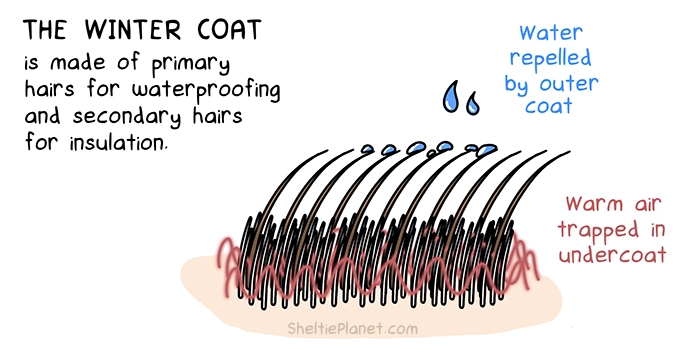
In summer, the under coat is shed, allowing cool air to circulate close to the skin and take away body heat. The outer coat plays a massively important role of shielding the skin from the sun's light and heat radiation.
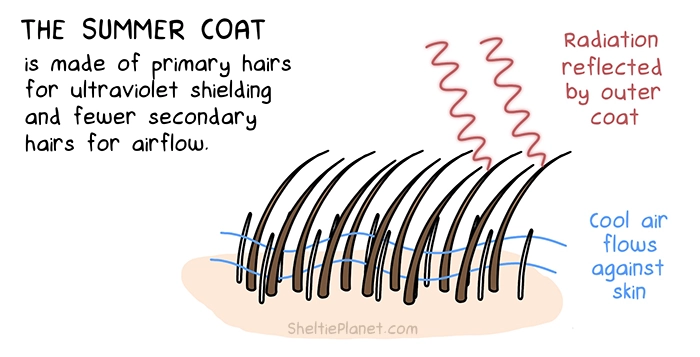
This double layered system helps your Sheltie regulate her body temperature all year round. It's like a built-in climate control system. Shaving a Sheltie completely eliminates this system, while overlooking the natural ability of double coated breeds to thermoregulate with seasonal shedding.
The best thing you can do to support this system is keep the coat free of mats and tangles with weekly grooming, and limit bathing to once a month. Take care to deep groom your Sheltie in the spring and summer to prevent the residual undercoat from compacting and acting like an insulator.
The Risks of Shaving a Sheltie
If you shave a Sheltie you will trigger some or all of the following negative effects:
#1. Shaved Shelties Are Exposed to Sun Damage
The skin of dogs is only 6-10 layers deep (vs our 16-20 layers) which evolved on the basis that they're permanently covered in thick hair. Should you shave a Sheltie, her delicate skin will be abruptly exposed to the sun's ultraviolet rays.
Time spent in the sun puts a shaved dog at risk of sunburn, blisters, and eventually skin cancer. This is especially true in places like New Zealand where the protective ozone layer is thinner; as a result, skin cancer rates here are the highest in the world.
#2. Shaved Shelties Risk Overheating
Without her outercoat, a Sheltie's skin is also directly exposed to heat radiation from the sun. The transfer of heat from the air to the skin raises her body temperature—and remember, she can't sweat if off. Like desert-dwellers who wear long robes to keep cool, your Sheltie needs her outercoat to block heat radiation.
When she moves or there's a breeze, cool air still circulates under the guard hairs because the undercoat is shed significantly by summer. The cycling air still takes heat away from the skin. Overheating in dogs creates panting, drooling, rapid heartrate, dehydration, collapse, and in severe cases, organ failure.
#3. Shaved Shelties Risk Skin Irritation
The Sheltie outercoat guards against many environmental factors, including irritants and allergens like pollen and mold. The delicate skin of a shaved Sheltie is significantly more exposed to moisture, heat, and microbes, which is a recipe for hot spots.
Also known as acute moist dermatitis, these inflamed and infected areas of skin can also be caused by allergens, insect bites, ingrown hairs, minor wounds, and excessive licking. Signs to look for are inflamed skin, oozing, odor, and pain. They can spread rapidly and invite bacteria or yeast infections.
#4. Shaved Shelties Risk Bacterial Infections
Likewise, should you shave a Sheltie, you're exposing her to greater risk of bacterial infections. Dogs secrete sebaceous oils with antibacterial properties called sebum which coats the fluffy undercoat and protect the skin from bacterial overgrowth.
Both good and harmful bacteria live on the skin, but a healthy immune system keeps them in check and prevents the overgrowth of harmful bacteria which leads to infection. Without her sebum-coated fur, your Sheltie is stripped of this first-line defense, risking pain, inflammation, sores, ulcers, fever, and sepsis.
#5. Shaved Shelties Can Suffer Psychological Stress
Sensitive or nervous Shelties can experience stress when their protective coat is suddenly removed. Besides the fact that you can't ask a dog's permission to denude them, they have a sense of their coat as a physical barrier to external threats.
Dogs learn from puppy play that their coat shields them to a degree from the bite of another dog. And they know from past tumbles that it cushions them when they fall. Just as we wouldn't like to be stripped naked in public, the abrupt loss of their protective armor arguably makes a dog feel vulnerable. This psychological distress can can show up as nervousness, withdrawal, restlessness, appetite loss, and insomnia.
#6. Shaved Shelties Have No Insulation
It may be hot now, but when the temperature drops at night or in a few weeks, a Sheltie without a double coat can't thermoregulate. As mostly hairless creatures ourselves, we use layers of clothes in the day to keep warm, and we adjust the thickness of our bedding night. A suddenly hairless Sheltie doesn't have this benefit.
Besides having no ability to regulate her body temperature, she also has no way to communicate to you that she's cold. Hypothermia in dogs creates severe discomfort, shivering, and lethargy, and over time the stress weakens the immune system.
#7. Shaved Shelties Can Have Patchy or Coarser Regrowth
Hair grows in cycles. After shaving a dog, different hairs grow back at different rates, leading to uneven or patchy regrowth of the coat.
What's more, running a sharp metal blade against delicate skin can damage hair follicles and disrupt their normal function. Hence why some shaved dogs end up with coarser and denser coats. This is not merely an aesthetic issue; remember, the coat is a climate control system and changes to its form affect its function.
Dog Groomers and Shaving
There are dog groomers of all reputations out there, so be careful who you trust with your Sheltie. I found examples where Shelties were shaved despite the owner expressly stating they didn't want them clipped at all.
Here's one example: on discovering heavy matting on the butt, rather then spending more time brushing, calling the owner for a decision, or minimally shave the area, the groomer straight-up shaved half the body hoping it would look better. The groomer posted: the owners were super cool, realized it's just hair and will grow back
—which is pretty reductive for a dog groomer.
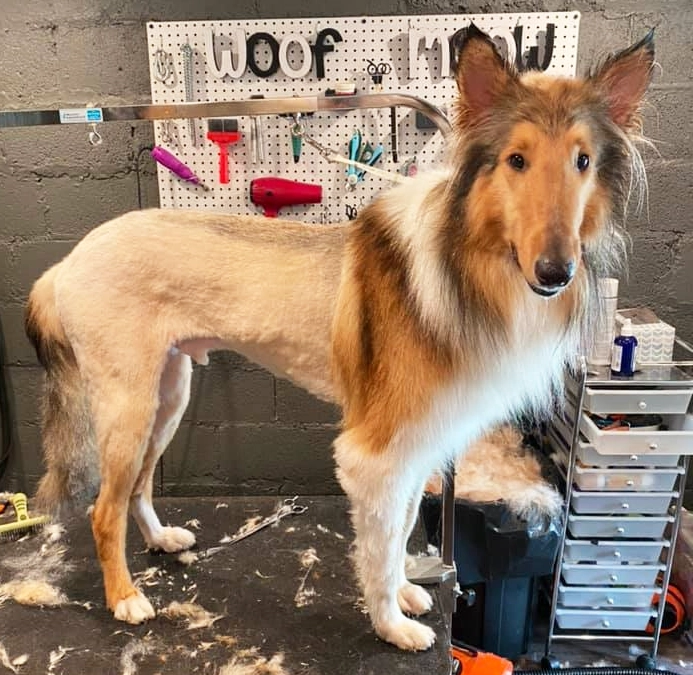
A dog groomer may shave a Sheltie for matted fur but turn it into a design challenge.
However, many owners do instruct groomers to shave their Sheltie for ease of coat maintenance and aesthetic reasons. While there's no right or wrong with appearances, it's problematic if we prioritize looks over health. Remember, form = function.
The dog cuts below interfere with the natural double coat system by eliminating the entire outercoat, as well as some or all of the undercoat. Note that interpretations of each cut vary by the individual groomer and the dog breed.
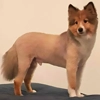 |
Summer Cut - All over short shave. The body fur is clipped to 0.1-0.3in (2-9mm). The ears and tail may be left longer. |
 |
Teddy Bear Cut - Uniform and round. The body fur is trimmed to 0.5-1in (12-25mm). The face is full and rounded. |
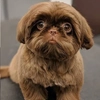 |
Puppy Cut - Like a fluffy puppy. The body fur is clipped to 1-2in (25-50mm). The face fur is trimmed longer. |
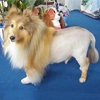 |
Lion Cut - A part body shave. The body fur is shaved to 0.1-0.3in (2-9mm). The face, legs, and tail tip are left long. |
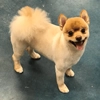 |
Kennel Cut - A short full body shave. The body fur is clipped to anything under 0.5in (12mm). Little other styling. |
10 Ways to Keep Your Sheltie Cool
Let's assume you're not going to take the clippers to that beautiful Sheltie coat. But what are you going to do when it's a hundred degrees outside and your Sheltie is still struggling to keep cool?
Double coated dog breeds evolved in cooler climates and it's not natural for them to be plunged into sub-tropical temperatures. Since we got them into this situation, it's our duty to help get them out of it by offering additional methods of cooling:
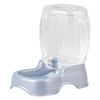 |
1. Cool Water - Add ice to your dog's water bowl to keep the water cool and help her self-regulate. |
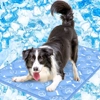 |
2. Cooling Mat - Offer your Sheltie a cooling mat containing water or gel as an outdoor or indoor resting spot. |
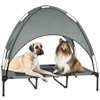 |
3. Outdoor Shade - Create shaded spots in your yard or set up a shaded dog bed for better airflow. |
 |
4. Early/Late Walks - Organize your dog walks to avoid the midday sun and exercise her during cooler times of day. |
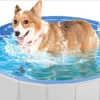 |
5. Paddling Pool - Set up a dog paddling pool filled with cool water and train your Sheltie to use it. |
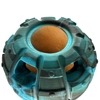 |
6. Frozen Treats - Offer your dog ice cubes in a flat tray or frozen dog treats in a dispenser. |
 |
7. Ventilation - Ensure your house has good airflow throughout the day by opening lots of doors and windows. |
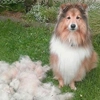 |
8. Grooming - Completely brush out the loose, dead undercoat so it doesn't compact and block the cool air flow. |
 |
9. Air Con - If available, use an air conditioner at home on extremely hot days and especially when travelling in the car. |
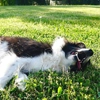 |
10. Awareness - See a vet urgently if you suspect heatstroke or a body temperature above 104oF (40oC). |
What If I Already Shaved My Sheltie?
Let's say you already shaved your Sheltie before you knew any of this, or perhaps a groomer got clipper-happy without your permission (in which case, you're due a refund and they're due this article). There are a number of things you can do to help prevent any further skin damage and promote regrowth of the double coat.
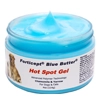 |
1. Treat Hot Spots Early - Watch for signs of irritation or infection like redness and swelling. Treat hot spots early with antimocriobial Forticept Blue Butter prevent nasty infections developing. |
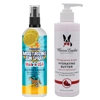 |
2. Sunscreen and Moisturizer - Use a high quality dog sunscreen to protect your Sheltie's pale skin from UV radiation. Apply a moisturizer for dogs at night to keep the skin well-hydrated. |
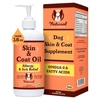 |
3. Nutrition for Regrowth - Skin & Coat Oil supports skin and coat health with omega-6, omega-3, alpha linolenic acid, vitamin E, vitamin C, biotin, and flaxseed oil—or give an give an all-round multivitamin. |
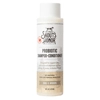 |
4. Groom, Shampoo and Condition - Groom regularly using the line-brushing technique and apply probiotic dog shampoo and conditioner monthly to support skin health and hair regrowth. |
Be more vigilant around your Sheltie until the coat has regrown. Monitor her time exposed to the sun as she's at greater risk of sunburn than a human. Also give her the option of a warmer place to sleep at night when her core temperature drops; this is especially true if she's very young, old, or has any health issues.
What Dog Breeds Should Not Be Shaved?
Of course, we're not just talking Shetland Sheepdogs. No dog should be shaved, regardless of coat type, for the reasons laid out above. However, double coated dogs are the most at risk since it's such an extreme transition. These breeds are:
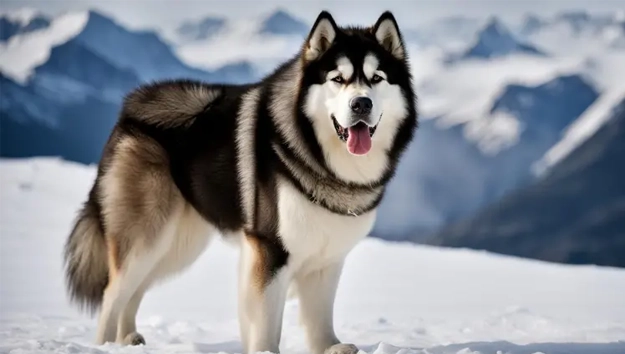 Alaskan Malamute |
 Siberian Husky |
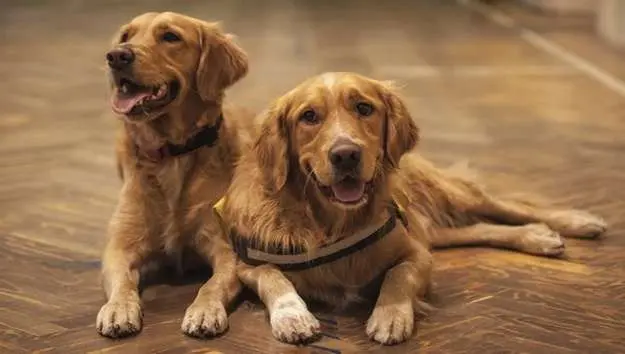 Golden Retriever |
 Australian Shepherd |
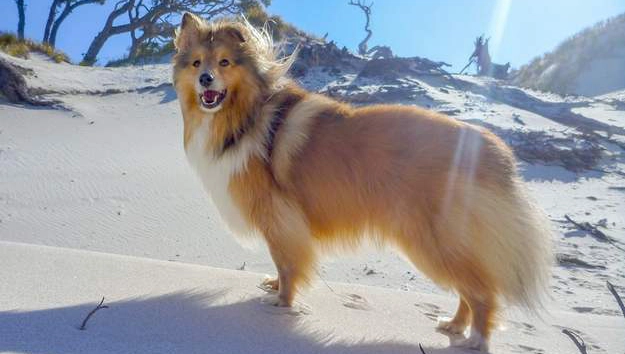 Shetland Sheepdog |
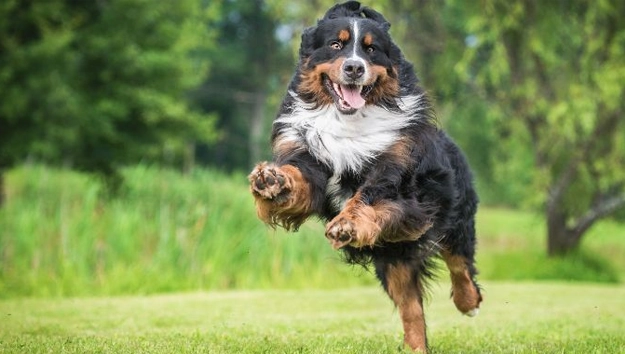 Bernese Mountain Dog |
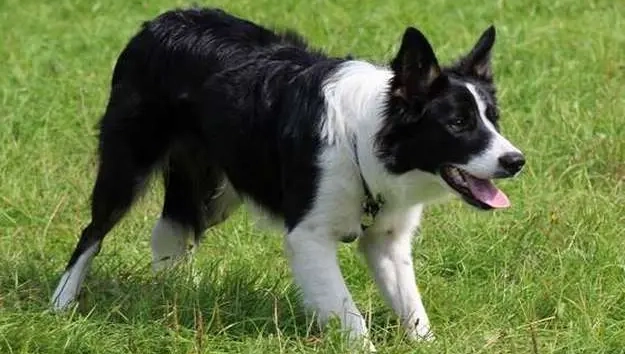 Border Collie |
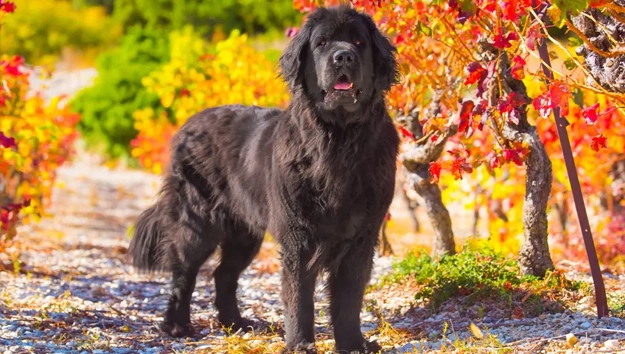 Newfoundland |
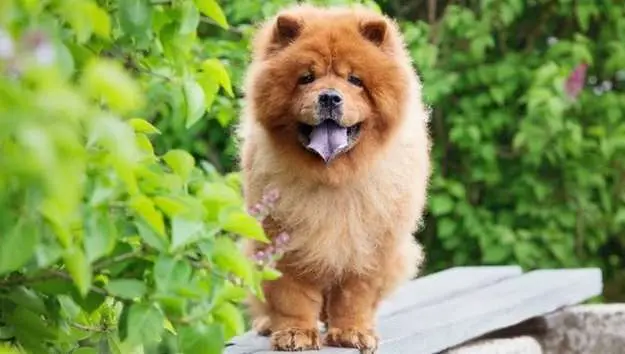 Chow Chow |
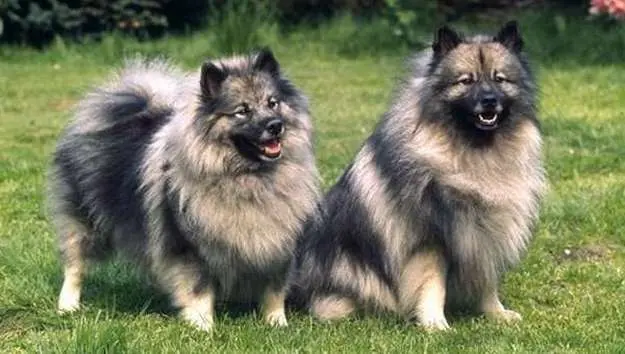 Keeshond |
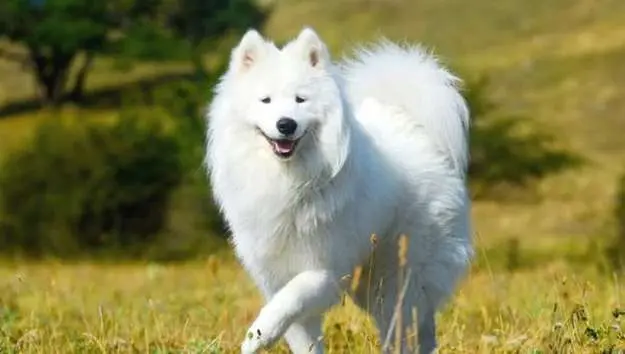 Samoyed |
 Norwegian Elkhound |
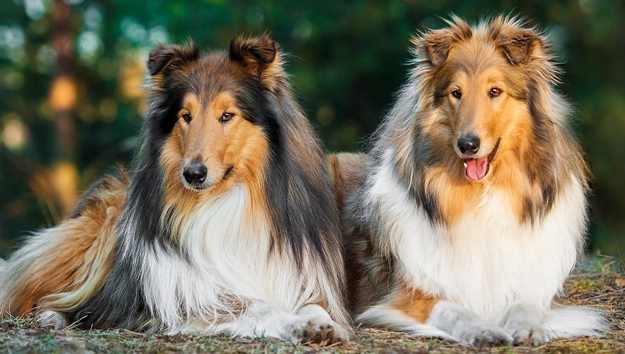 Rough Collie |
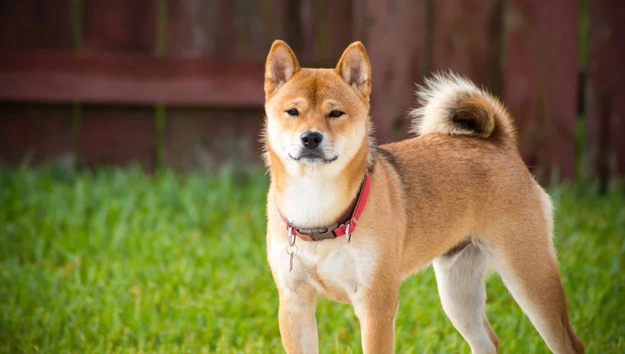 Akita |
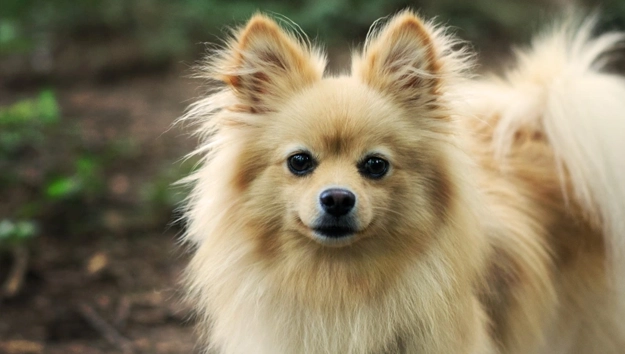 Pomeranian |
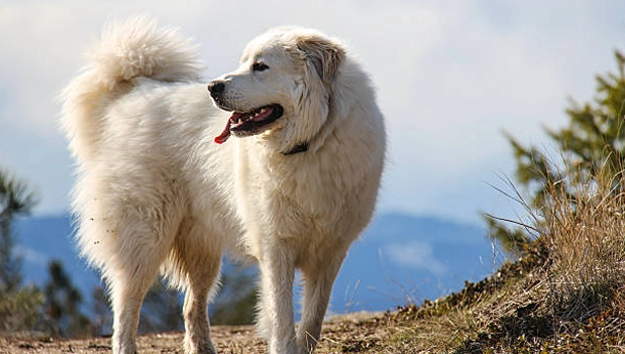 Great Pyrenees |
 Icelandic Sheepdog |
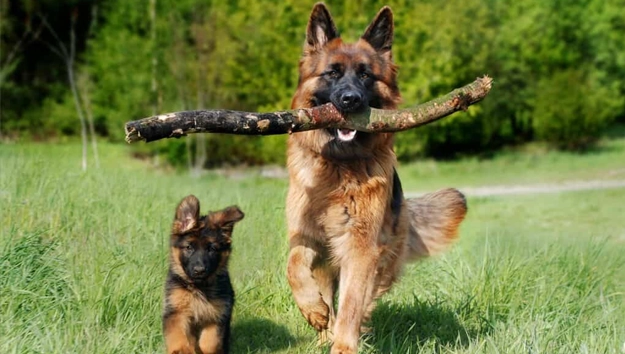 German Shepherd |
In summary, it's never a good idea to shave a Sheltie because it has negative effects on her skin health, immune system, mental wellbeing, coat regrowth, and most importantly her ability to thermoregulate. If you have to use a dog groomer (and I highly recommend you groom your Sheltie yourself if you can) ensure they keep the clippers away from that beautiful Sheltie coat.
